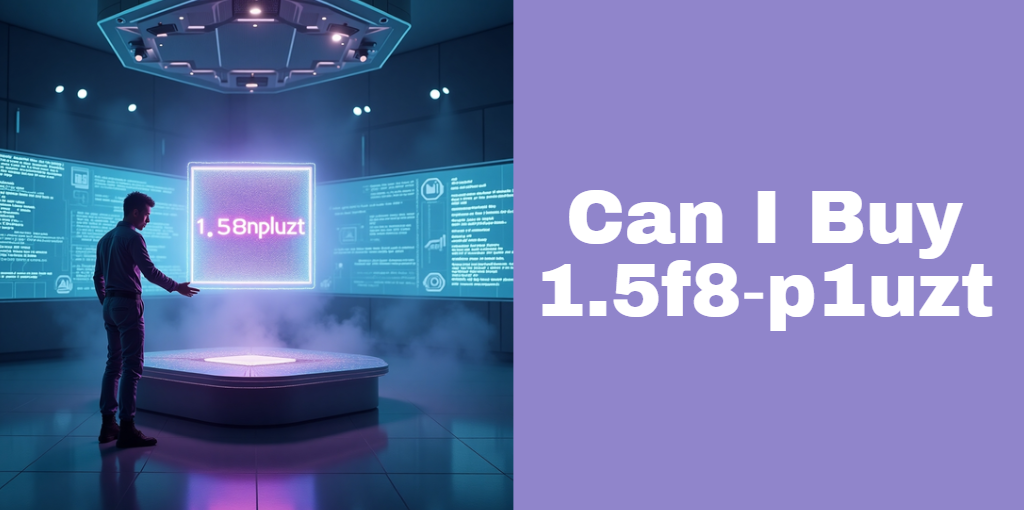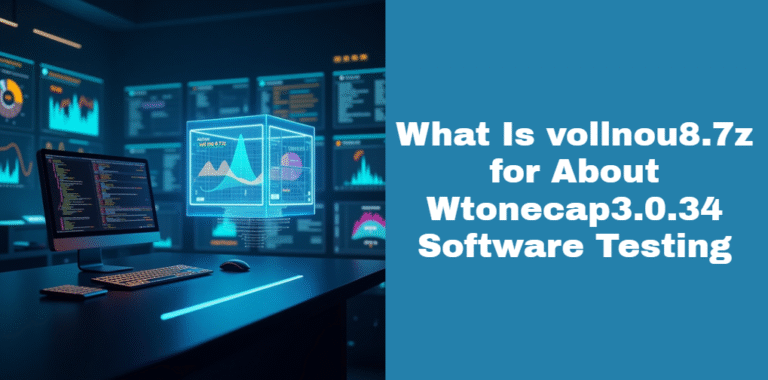Can I Buy 1.5f8‑p1uzt? Full Guide, Explanation & Availability
Every once in a while, a cryptic code pops up in tech forums, developer chats, or software config files — and suddenly, people want to know more. One such code making people ask “Can I buy 1.5f8‑p1uzt?” is exactly that type of mystery.
If you stumbled upon it, you’re probably wondering whether it’s a product, a new file format, or something else entirely. This comprehensive article unpacks everything you need to know in clear, simple terms.
What is “1.5f8‑p1uzt”?
At first glance, 1.5f8‑p1uzt looks like a random mix of numbers, dots, and letters. However, experts and tech enthusiasts generally believe that this is not a commercial product but rather an internal identifier. Such codes are often used by developers to tag software builds, texture formats, hidden modules, or testing features.
Think of it like an internal nickname for a piece of software or an advanced setting that is not meant for end-users. Because of this, if you’re asking can I buy 1.5f8‑p1uzt, the short answer is: it’s not something for sale on the open market.
Where Does It Show Up?
Many developers report seeing “1.5f8‑p1uzt” in logs, test environments, or restricted GitHub repositories. For example:
- Beta test logs for software updates.
- Hidden configuration files within a developer’s toolkit.
- Technical documentation for advanced modules.
Such sightings suggest that 1.5f8‑p1uzt is a behind-the-scenes element rather than a consumer product.
Potential Uses and Contexts
Even though it’s mysterious, researchers have proposed possible explanations for where 1.5f8‑p1uzt might be used:
- Software Development
It could mark a version, build, or patch level for testing features. - 3D Graphics and Game Design
Some believe it could be an internal texture compression format used by designers for high-efficiency rendering. - Cloud Computing or Virtual Machines
In some cases, codes like this serve as session tokens, asset identifiers, or container labels. - Cybersecurity
Another idea is that it’s a hashed module name used to hide sensitive configurations.
So, if you’re wondering can I buy 1.5f8‑p1uzt, remember that its purpose is likely technical and hidden — not a retail product.
Technical Deep Dive: Possible Texture Format
One compelling theory is that 1.5f8‑p1uzt could be a private texture format or compression method. These formats help games and 3D applications manage high-quality visuals without using up too much storage.
| Format | Compression Rate | Color Depth | Use Case |
|---|---|---|---|
| PNG | Lossless | 24-bit | General images |
| DDS | Lossy or lossless | 8–32-bit | Gaming textures |
| 1.5f8‑p1uzt | Speculative: ~65% | 16-bit | Prototype high-compression multi-map texture |
Compared to common formats like PNG or DDS, 1.5f8‑p1uzt might offer unique features such as packing multiple maps (diffuse, normal, specular) into one file, which can reduce file size and load times. However, there’s no official documentation confirming this — so treat this as a well-researched guess.
Broader Applications Across Industries
The use of cryptic identifiers isn’t new. Similar codes appear in:
- Game Development: Texture files, level maps, hidden assets.
- VR/AR: Specialized formats for high-speed rendering.
- Cloud Platforms: Temporary IDs for containers, buckets, or virtual machines.
- Security: Obfuscated module names for encryption or license tracking.
So, asking can I buy 1.5f8‑p1uzt is like asking if you can buy a backstage pass to a tool that only engineers or security pros typically touch.
Can You Actually Buy It?
This is the big question: Can I buy 1.5f8‑p1uzt?
No, you generally can’t buy it. It’s not listed on Amazon, eBay, or any other store because it isn’t a product for public sale. Instead, it appears to be an internal resource that’s either proprietary or experimental. If it’s part of a larger software or hardware system, access would come bundled with developer kits, OEM agreements, or corporate licensing deals.
Where to Look If You’re Serious
While you can’t walk into a store and buy 1.5f8‑p1uzt, there are indirect ways to encounter it:
- Join Beta Programs: Platforms like BetaBound or TestFlight sometimes grant access to early versions of software.
- Apply to Developer Networks: Large tech firms (think Intel, AMD, or Qualcomm) offer exclusive toolkits under strict NDAs.
- Attend Developer Conferences: Hackathons or closed demo events sometimes showcase unreleased tools.
- Search Specialized GitHub Repos: Some developers leak references in obscure branches — though use caution and respect licensing.
Expert Opinions and Speculation
Industry veterans often chuckle when asked “Can I buy 1.5f8‑p1uzt?” — because they know it’s a behind-the-scenes code that wasn’t meant for the public. Some security analysts warn that if you see it in logs, you might be poking into parts of a system that aren’t meant to be tweaked manually. So, curiosity is fine, but tread carefully!
Risks and Cautions
Before you go hunting for 1.5f8‑p1uzt in secret corners of the internet, keep these warnings in mind:
- Legal Trouble: Using or distributing internal modules without permission can break NDAs or software licenses.
- Security Risks: Messing with hidden config files may expose your system to bugs or vulnerabilities.
- Compatibility: Even if you find a file, it might not work outside its native environment.
In short, the answer to “Can I buy 1.5f8‑p1uzt?” is technically no — and even if you did, using it could be risky.
Should You Chase It?
There’s no harm in being curious about the latest tech mysteries. However, hunting for 1.5f8‑p1uzt might not be worth the effort unless you’re a developer working on a related project or you have official permission. For everyday users, it’s smarter to focus on supported tools and formats.
Future Outlook
As technology evolves, it’s possible that what 1.5f8‑p1uzt represents today may become tomorrow’s standard. Many now-common formats started as secret prototypes. Keep an eye on tech conferences and industry news — you might see it rebranded or officially released in some form.
Conclusion
In summary, can I buy 1.5f8‑p1uzt? The answer remains no for now. This identifier is a behind-the-scenes tool used for development, testing, or advanced rendering techniques — not a retail item you can add to your cart. Stay curious, but respect its hidden role within bigger systems.
Recommended Articles
What Is Leenaitheez? The Mysterious Digital Identity Blending Culture, Tech & Innovation
What is 1-888-541-8306? Full Guide to Toll-Free Customer Support & Safe Usage
Wizards Black Jerseys Mahmood NBA 2K: A Deep Dive into Culture, Style and Gaming
Kwal Paint 961-240: The Ultimate Guide to a Superior Paint Finish






